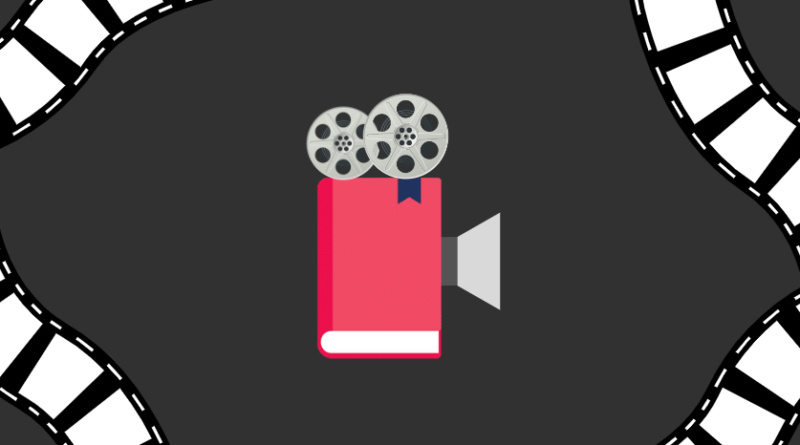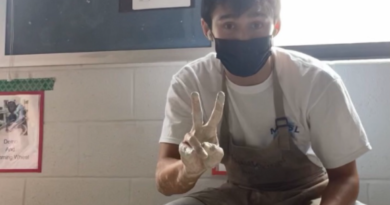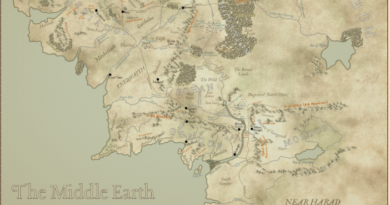The Do’s and Don’ts of Books to Movies
There’s nothing a reader loves more than to see their favorite book literally come to life! However, turning fiction into CGI and storytelling into acting can be difficult, and studios don’t always get it right. As an avid book lover, I’m here to guide you screen addicts in the way of ink and paper. Welcome to the official Do’s and Don’ts of Books to Movies!
Characters
If the story is a shopping cart, the characters are the groceries. A story without good and interesting characters is like a shopping cart with expired products! And who wants moldy bread and spoiled milk? Getting the characters right is one of, if not the, most important part of a film adaption.
Do make sure your casting is accurate. This includes making sure the race, ethnicity, personality, and sexuality of each and every character remain the same. When it comes to physical features, it’s understandable that you’re probably not going to find a clone copy of the character as described in the book who can by extension act. But it wouldn’t kill to put in the effort! If the book describes a dark-skinned South Asian woman, I expect to see it on the big screen. Popular studios and film companies have a horrible reputation for casting lighter-skinned actors when it comes to POC characters. Let’s not make the same mistakes.
Do see to it that certain emotions and intensity between characters remain. When it comes to books, it’s easy to create this vibe between characters because you literally describe every single feeling. But in a movie, your job is to make the audience feel what the characters are feeling. And since you can’t use words, your biggest allies here are going to be music, lighting, and facial expression. Sound allows viewers to lean into the mood of the current scene while lighting can make them redirect their focus. And obviously, as people, watching someone’s facial expressions is our biggest clue as to how they’re feeling. Use it!
Do identify the main characters’ values, principles, and motives. When reading, often you get to see into the mind of the main character, so figuring out what kind of person they are isn’t hard. However, movies must find a way to portray their personality in a different way. Adding dialogue where the protagonist voices their opinion, highlighting their actions, and displaying what other characters believe about them are all great ways for the audience to get to know the protagonist.
Don’t remove characters. It doesn’t matter how insignificant they may seem to the plot. If the author thought them important enough to appear for whatever short time they did, then you should too.
Don’t add new characters. Adding new characters has often been seen as the movie writer’s lazy way of fixing plot holes they don’t want to try and fix in the movie.
Story
There is nothing a reader hates more than seeing a change that affects other parts of the story! Even the most minute details are precious to us, so lay a hand on them, and you’ll be dealing with a pack of extremely loyal readers.
Do keep important plotlines. People can forget the most important plotlines aren’t always a big deal. The method by which someone dies, the clothing of a character, and even little habits a character has can all be extremely relevant to the plot if the author so chooses. Film adapters often overlook these small things and end up affecting the entire flick in the process.
Do keep the original theme/lesson of the story. While not all books began being written by following a certain lesson or moral, they always end up centered around something. All books have lessons hidden between the pages whether you realize it or not. It’s a director’s job to scope it out and make sure the adaption adheres to it.
Don’t rearrange the order of events. This is sometimes done to make for better movie storytelling. The thought process in which some believe that a great exposition for a book wouldn’t work so well in a movie. I have to say, if you’re thinking in that way at all, what’s the point of even making the book into a film? Specific events happen for a specific reason in a specific order. Again and again, film adapters change one event, and then realize they’ve accidentally created a plot hole or a continuity error. And their solution is usually to make another change. You have to wonder where one draws the line. All in all, don’t change the story in various ways and still call it an “adaption.” At that point, just write an entirely new story.
Overall
Overall, there are just a few extra things that make a good movie in general.
Compose a good soundtrack! Audio and music can make or break a film. An artistic rendition of a song to make it more appropriate to the era of the story, and the genre to match the tone.
Make sure the movie is a good length in conjunction with the length of the book. Viewers can get a sense when a movie feels like it was cut short.
When it comes to advertising, target the same audience as the book. Make the trailer have quotes from the novel. If you make single-character posters, add symbols that only readers would recognize. A good example of this is the Hunger Games posters. The previous Game winners are all shown sitting down, displaying how they’ve conformed to the way of things, while the main character, Katniss Everdeen, is shown standing because she is the one who started the rebellion.
And lastly, the not-so-secret secret method of creating an amazing film adaption is working with the author!
The Good, the Bad, and the Just Okay
Another movie that had a plethora of differences from the book. However, the movie was actually very good despite the changes. Coraline is one of the few loose film adaptions that one can appreciate alongside the book. More colorful, but just as creepy. I encourage you to watch and read!
An amazing book series only for the show to be completely demolished by the writers. Characters are dead in the show but alive in the books. They added completely new events and even combined the storylines of some characters.
The Hobbit trilogy struggled with relationships between characters, and mostly length. The changes can be easily overlooked, and I am an avid lover of the movies, but it’s baffling how there’s only one book, yet three movies.




